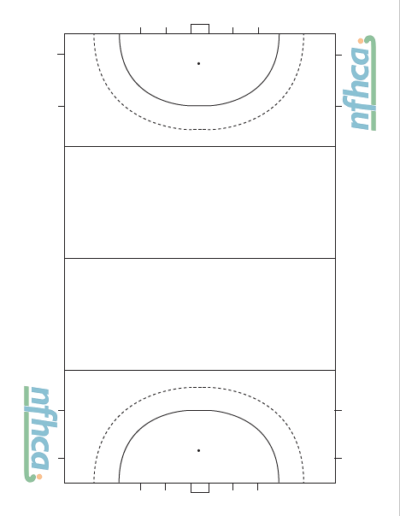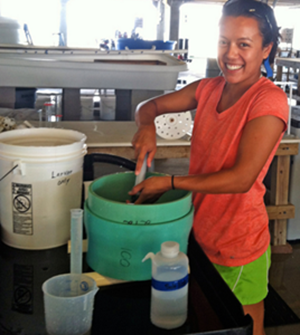

This was reflected in the similar growth and survival of spat maintained at PIM levels from 0 to 80 mg L -1. Absorption efficiency was reduced at high PIM concentrations, but was compensated for by an increase in filtration rate and ingestion, hence maintaining a relatively stable absorbed ration. Even after acclimation, spat still lost a proportion of the available algal cells as pseudofaeces, commensurate to the level of PIM in the diet.

five days before acclimation to the diet suspension was complete. This ability was not immediate, but required ca. Spat showed a well developed ability to select algal cells from an algal/particulate inorganic matter (PIM) suspension. However, spat from unfed treatments, and those obtained directly from a hatchery both had a low organic content (<10%), and showed poor survival after transfer to the nursery.ĭuring the first week following the transfer of spat, lipid reserves declined sharply, and spat with insufficient lipid reserves may be compromised. This increase in spat tissue weight was primarily as lipid, particularly neutral lipid. Spat performance after transfer from the laboratory to a farm based nursery was not related to the feeding rate or organic content of fed spat.
#Oyster spat student field worksheet free
The ash free dry weight (AFDW) of spat increased proportionally with algal concentration from 11% at 6 cells µL -1, up to a maximum of ca. High algal concentrations resulted in the inefficient usage of algae. Spat growth was not significantly affected by algal densities between 12 and 110 cells µL -1, but was reduced at 6 cells µL -1. Otherwise, spat survival was not affected by algal food concentrations between 12 and 110 cells µL -1. Spat maintained at an algal concentration of 6 cells µL -1 of an equal mixture of Chaetoceros muelleri and T. The optimum temperature for spat growth was between 26 and 29☌. The calculated minimum tolerance limit was 17.7☌. At 20☌, survival was slightly lower, while 35☌ was lethal. Spat survival in the laboratory was greatest between 23 and 32☌. maxima spat during the hatchery and nursery phases of production, and to identify the optimum for each parameter for commercial production.įor all of the laboratory based trials, spat were maintained in temperature controlled flowthrough systems.

The general aims of this work are to investigate and quantify some of the factors which may influence the performance of P. This study was initiated in response to persistent unexplained spat mortalities in commercial hatcheries in northern Australia. Hatchery production has been successful in producing large numbers of spat, but there are still many unexplained mass mortalities in hatcheries and nurseries which have resulted in a significant reduction in the numbers of hatchery oysters seeded compared to the potential number. The culture of Pinctada maxima spat is still a new and developing technology.

maxima must therefore be based on hatchery production. Further development of pearling industries based on P. Although widely distributed throughout the tropics, with the exception of the north west coast of Western Australia there are no wild fisheries capable of supporting pearling industries. AbstractThe most valuable cultured pearls in the world are produced from the silver-lip pearl oyster, Pinctada maxima.


 0 kommentar(er)
0 kommentar(er)
